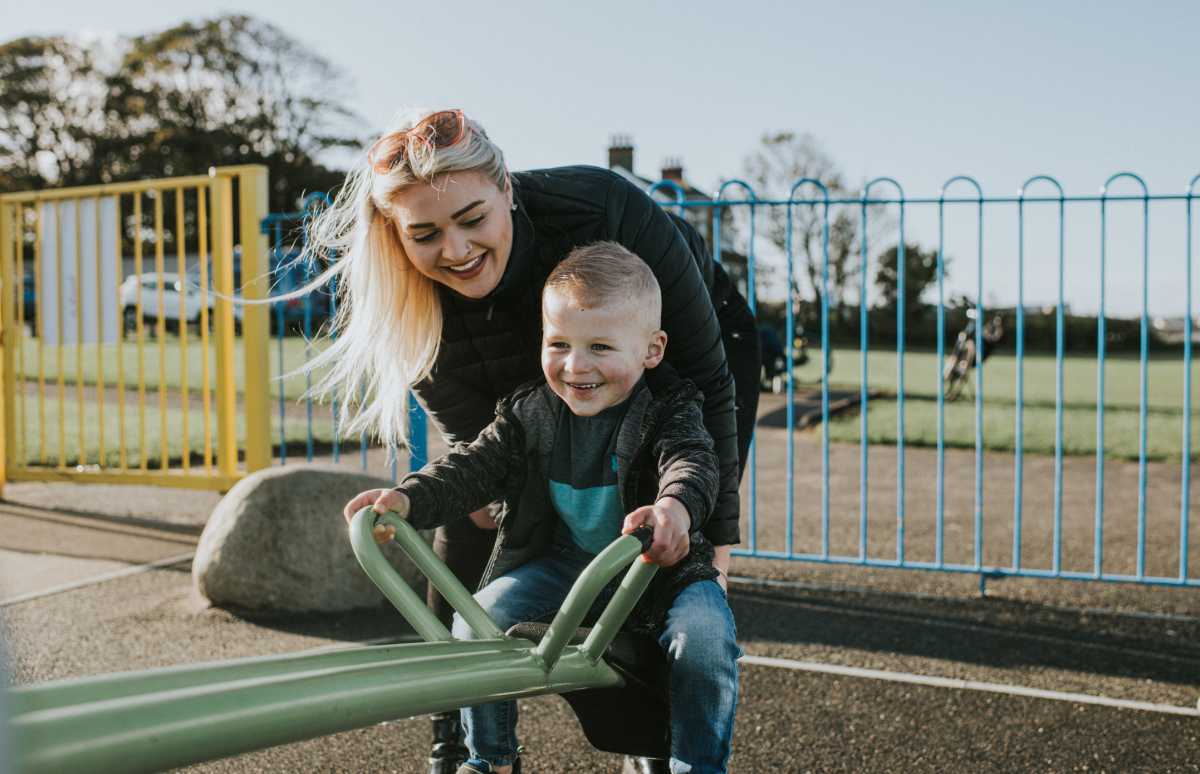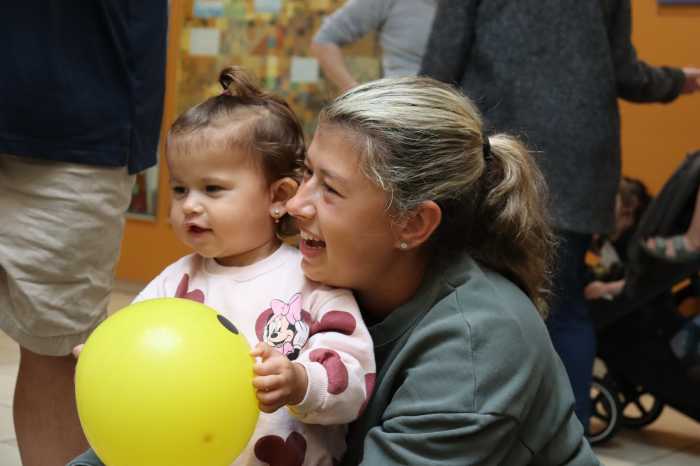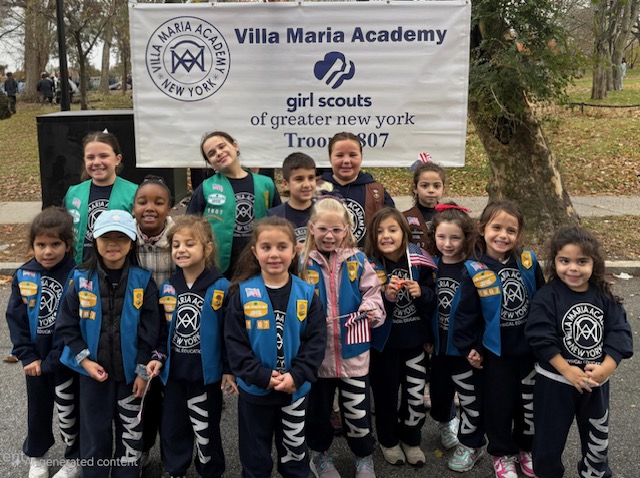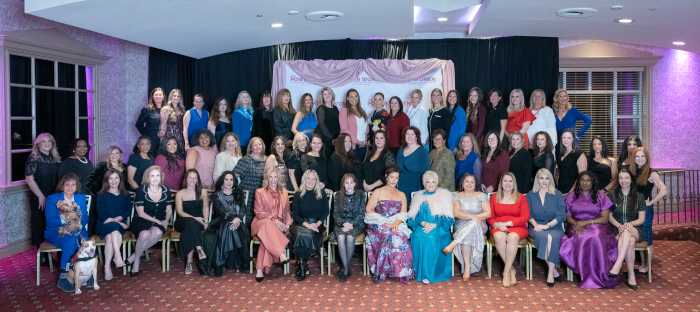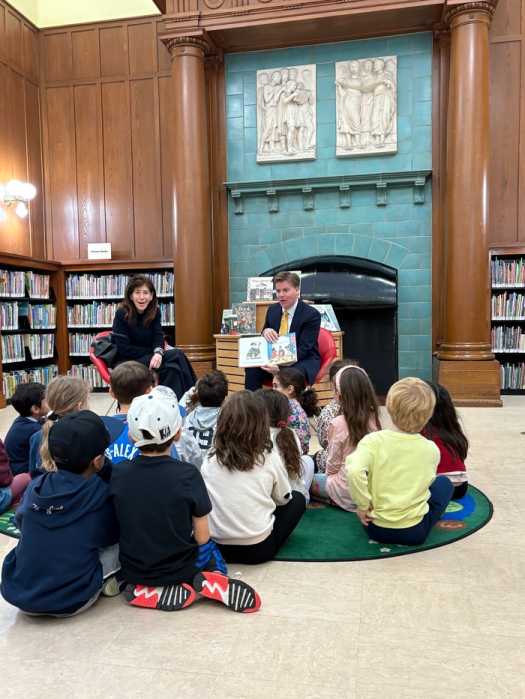The Children’s Village, where I work, is a nonprofit child welfare organization dedicated to supporting children and families in the foster care and juvenile justice systems throughout the New York City metropolitan area. I was determined to find a family for a 17-year-old girl, who I’ll call Emma to protect her privacy, after she came to us from a juvenile justice program following a criminal offense. Her adoptive mother did not want her in the house and surrendered her parental rights, so Emma was placed in short-term foster care.
I began the family finding process by asking Emma questions about her childhood. She only remembered her mother’s nickname and that she lived in Bushwick and had brothers. The superintendent of the apartment building where Emma once lived had forwarding information for her biological mother, and we were able to reunite them. Soon after, Emma moved to North Carolina to live with her, and later headed to college.
Not all stories, sadly, are as successful as Emma’s, so we must prioritize family-like environments when safe and feasible. Research has shown that youth placed with kin—such as grandparents, aunts and uncles, and even close family friends or teachers—maintain familial and cultural connections while experiencing less trauma regarding removal from their biological family’s home.
Yet, too many youths who should have permanent homes are languishing in foster care. After Congress passed the 2018 Family First Prevention Services Act, providing states with funding to keep them out of institutions and avoid placements with strangers whenever possible, New York State set a target of placing half of all youth in foster care with kin by September 30, 2021. “When appropriate, safe, and in the child’s best interests, placements with kin are preferred,” New York’s Office of Children and Family Services said in a 2018 memo.
We still have much further to go to reach that goal. In New York City in 2023, there were 6,505 youth in foster care, with just 42 percent of them in kinship care. The statewide average is even lower, at just 39 percent, due to several low-performing counties. In Nassau County, for example, the kinship-care rate was just 18 percent in 2023.
There is good news and signs of progress. In Erie County, there were 8,401 children in foster care in 2023 (more than New York City, also with 42 percent in kinship care). That rate is markedly improved up from 28 percent in 2019. Erie County did this by changing the way families can be certified—approving families as foster parents on an emergency basis to avoid temporary placements with strangers and certifying family members who previously could have been ruled out for running a home business or having too few bedrooms. The county has a specialized unit, the Family Unification and Support Team, to help caseworkers talk with families about what to expect from foster care and assist with applications for financial assistance. It uses an intensive search process to find family members, and relatives have a say in decisions about youth in the agency’s care.
While Erie County still has more work ahead to reach—and surpass—the State’s goal, its work illustrates an effective solution.
There are solutions that can work to overcome these challenges. At the Children’s Village, we place a strong emphasis on training caseworkers in family-finding skills and collaborative decision-making. This includes teaching staff how to build relationships with relatives, navigate family dynamics, and utilize tools like family group conferencing to identify supportive and willing caregivers.
For Emma, who remembered little about her family when I first met her, reconnecting with her biological mother gave her vital support and stability. Now in her thirties, Emma moved back to New York City because she enjoyed the fast-paced environment, and she now has a career. And, importantly, she still maintains a close relationship with her biological mother.
Had Emma lingered in foster care, her future could have looked quite different. Every child deserves a chance to grow up in a loving, stable family. Let’s make this a reality for all children in foster care—not just a fortunate few.
Vincent Madera, MSW, is the Division Director of the Training Institute and Permanency at The Children’s Village (CV).
Read More: https://www.amny.com/opinion/



